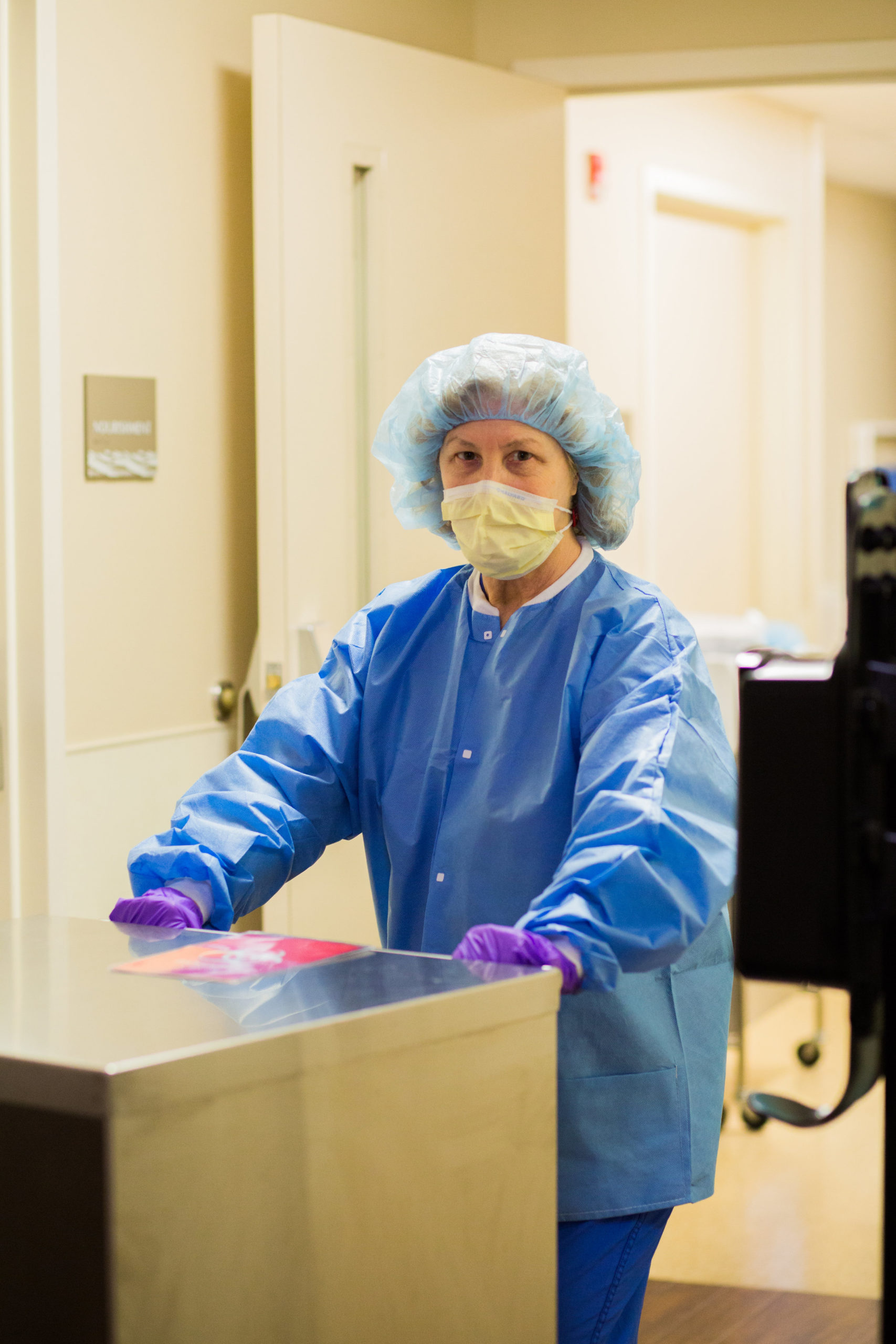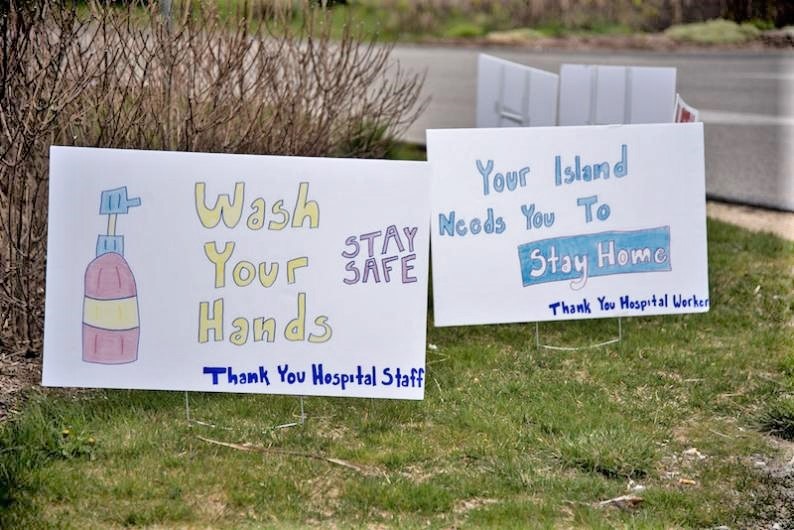The Massachusetts Lead Poisoning Prevention and Control Regulation (Lead Law) requires all children to be screened for lead poisoning multiple times through the age of three. According to the Massachusetts Department of Public Health (DPH), every child must have a lead screening test before they can enter daycare, kindergarten, or preschool.
Martha’s Vineyard Hospital physicians follow the Massachusetts DPH health guidelines by telling parents to have their children screened at 9 months, 2 years, and 3 years old, however, it is up to the parents to have the test done at the lab. DPH data reveals that for years children on Martha’s Vineyard have received fewer lead screenings than children in the rest of the state, but that is changing. “We’ve been focusing on increasing the rate of screenings,” Dr. Sonya Stevens, pediatric physician at MVH, said, “so our testing rates have gone up dramatically in the past year or so.”
Even if a child doesn’t show symptoms, it’s extremely important that they be tested for lead. Young children absorb lead more easily than adults, and it could stay in their bodies indefinitely if unnoticed. According to the DPH lead is particularly damaging to children’s developing brains, and the symptoms could take years to develop.
The level of lead in the blood is measured on a numerical scale. If the measure is 5 or higher, it’s considered abnormal. If it’s above 10, it’s actionable — meaning that it must be reported to the DPH, which will then try to determine the source of lead in the patient’s home. “If the level is between 5 and 10,” Dr. Stevens said, “the burden of finding the source of the lead falls on the family.”
Lead ingestion is the primary cause of lead poisoning. According to the DPH, most lead poisoning in Massachusetts can be attributed to lead in paint in older homes, particularly in homes built before 1978 when lead paint was outlawed. When old paint peels and cracks, it creates lead paint chips and lead dust. Something such as the friction of opening and closing old windows can create lead dust. This dust can spread around the home, making it easy to inhale as well as ingest, particularly for children who may put their toys or dust-covered hands in their mouths.
However, “Most kids on the Island who have modestly elevated blood levels don’t live in antique homes,” Dr. Stevens said, “so a lot of lead may come from other sources.” One source Dr. Stevens mentioned, is non-food-grade pottery or imported pottery that use glazes with lead in them. “We had a couple of cases where the lead came from antique furniture, and the child was chewing on the knobs.”
No matter what, the best preventative measure for lead poisoning is to find and remove the lead as soon as possible. There are lead detection kits available in hardware stores if you’re unsure of the source. Regularly check for chipping paint and dust, and repair it as needed. And be sure to see your doctor to have your child tested.









